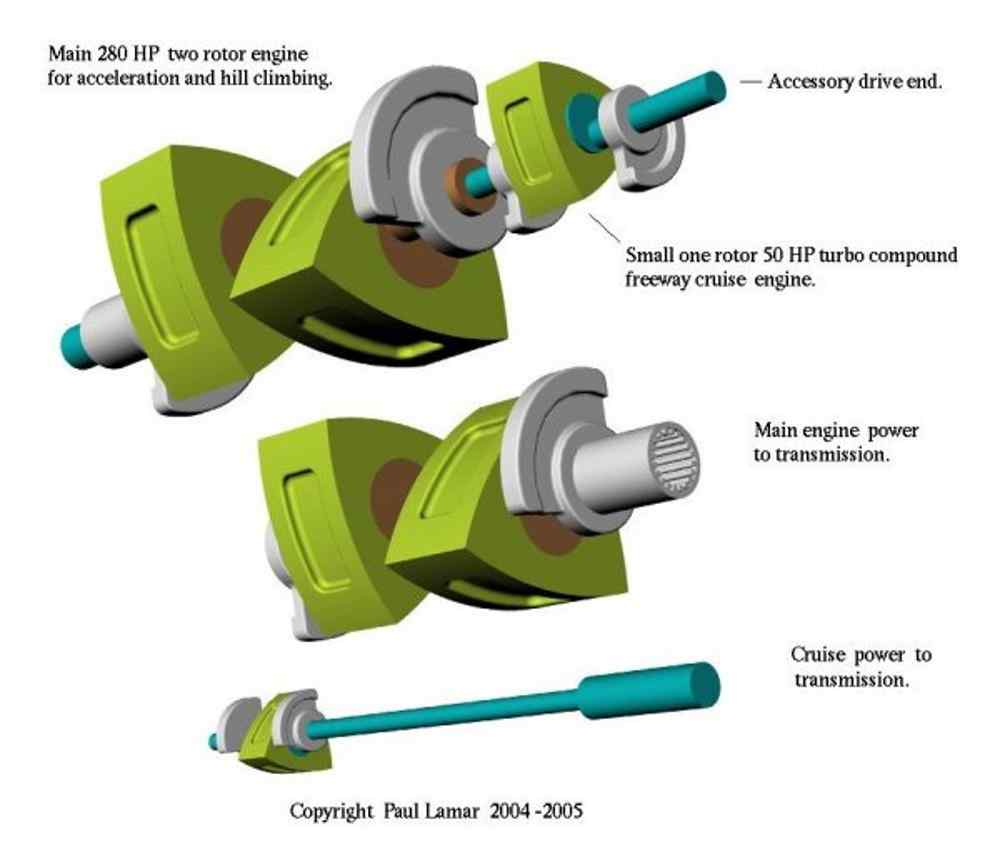Solving the Utterly Useless Fuel Economy Issue in the Mazda RX8 An interesting blog & article on an amazing body and suspension. I’d own one now if I had the plan to make improvements. Perhaps one day.. Here are some clips from the post and the link so enjoy: 35 MPG RX8 by Paul Lamar […]
You are browsing archives for
Tag: turbo
Ford EcoBoost Challenge – AMSOIL Only Oi
Ford EcoBoost Engines – Turbocharged, High Heat Efficiency needs a 100% Synthetic In a previous Facebook post on the Sioux Falls page, I mentioned the merits of the 1.0 3-cyl EcoBoost engine but there are several more popular and practical versions in the other vehicles Ford offers. All of these are the most impressive works ever developed […]
The Only Oil Choice for Turbos – Signatu
Visit us for all your oil needs: Synthetic Warehouse Sioux Falls 4610 W. 12th St. (12th & G right next to Wendy’s) New Challenges for Lubricants The increased slate of issues lubricants have to meet (or will have to) as technologies to lower emissions are required, place the burden of expertise on to the customer. […]


